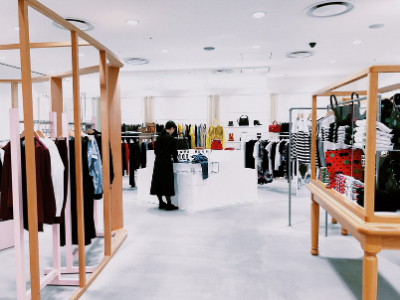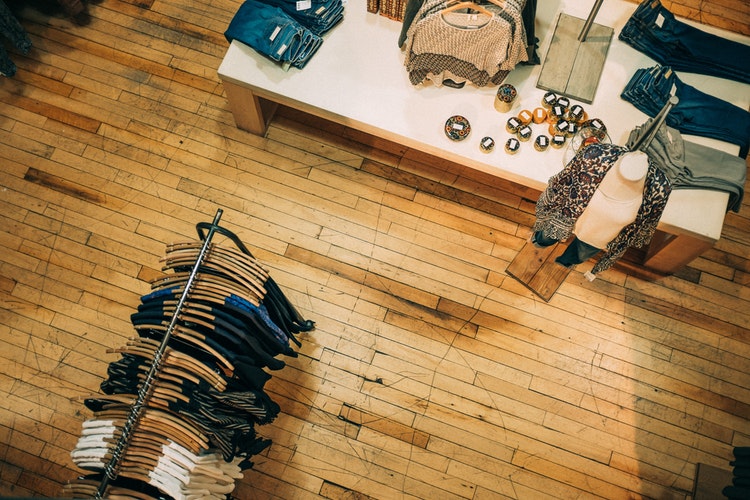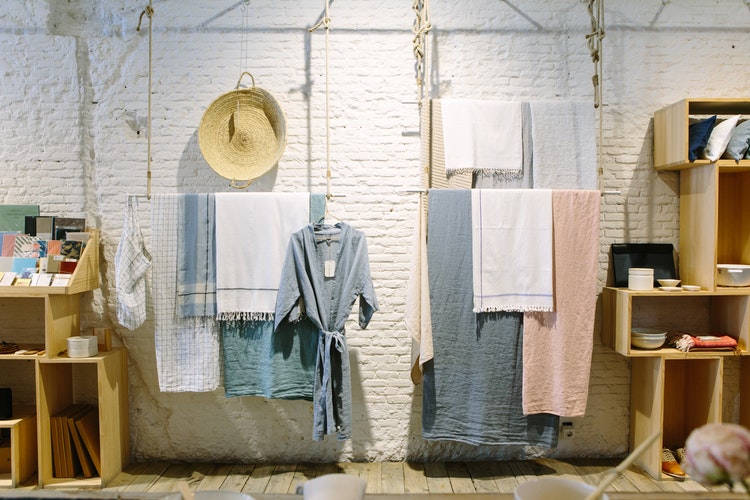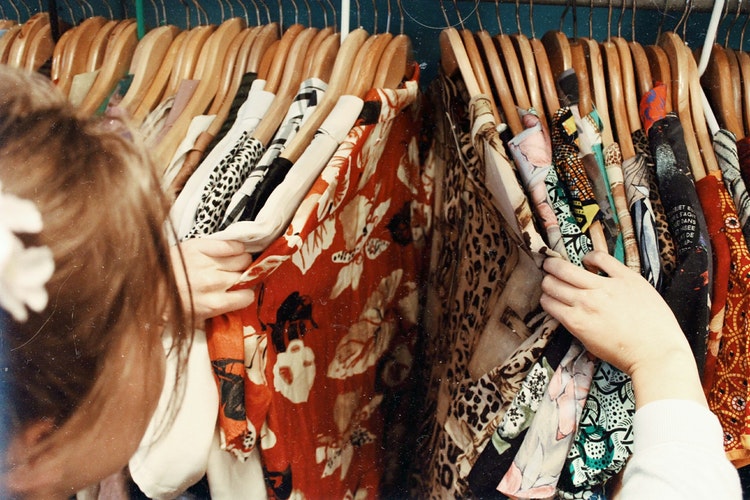What are hot and cold zones in a clothing store?
Hot zone
Hotspots are those that the customer automatically looks at before or after entering the store. The look focuses on them. Hot spots, as a rule, are those zones that get the greatest traffic and are located at the entrance/exit.
Where are the hot spots in the store?
- shop windows
- mannequins entry group
- mannequins in the hall
- demonstration areas and tables
- brightly lit zones
- counters
- specially designed unusual areas
- glass cabinets
- zone near the entrance to the store
What should be hanged in the hot zone of the store?
- key store promotions
- best-selling clothes
- things with the highest demand
- it is necessary to arrange these zones with bright inscriptions, graphics and lighting in order to enhance the bigger effect and catch a look of the customer.
As the displays in these areas tend to be very noticeable, they can be used for impulse purchases and should be changed frequently. Change clothes on mannequins, shop window decoration at least every 1-2 months.
Ideas for merchandising hot zones:
- Place the display next to the walkway where the buyer usually goes.
- Hang things next to the display that are on the mannequins so that the customer doesn’t have to search for them in the store
- Hotspots need to be carefully designed and constantly changed
- Do not place base items in the hot zone.
- Do not place items that are not sold for a long time in the hot zone.





